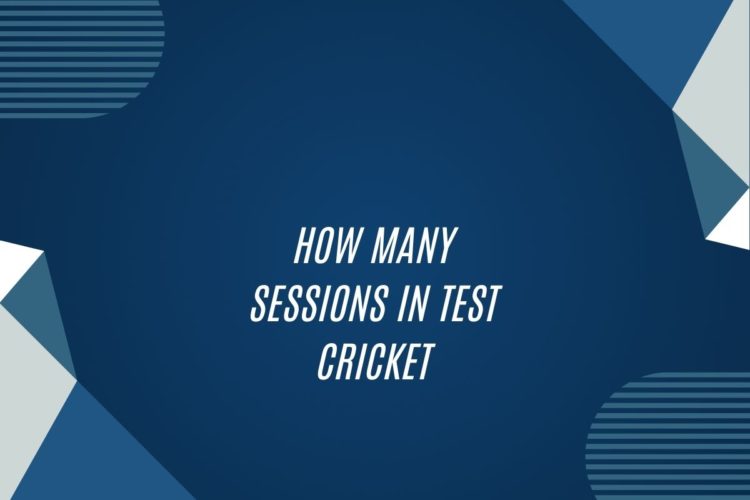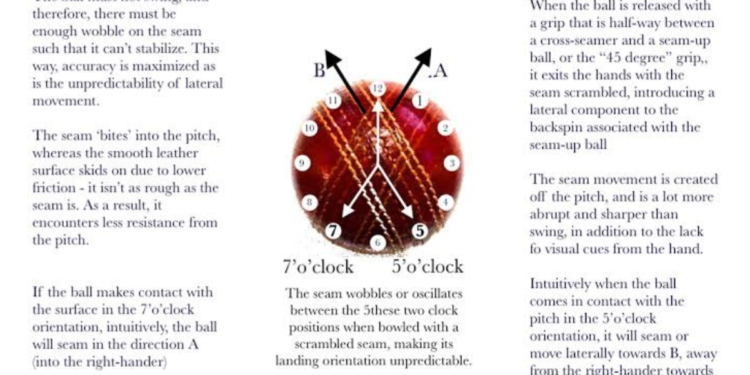Definition of a Session in Test Cricket
In the context of test cricket, a session refers to a specific segment of play that is divided throughout the day. Each day consists of three sessions: the morning session, the afternoon session, and the evening session. These sessions help structure the game and allow for strategic breaks and planning for both teams.
The duration of each session can vary depending on factors like the weather conditions and playing conditions. Typically, a session lasts for two hours, with a break in between for lunch and tea. This division of play into sessions adds an element of strategy and time management to the game, as teams have to consider factors like pitch conditions and player fatigue when planning their approach for each session.
Morning Session in Test Cricket
The morning session in test cricket is a crucial period of play that sets the tone for the rest of the day’s action. It typically spans the time between the start of play in the morning until lunchtime, usually lasting around two hours. Teams aim to capitalize on the freshness of the pitch and the conditions to make an impact early on.
During the morning session, bowlers often look to exploit any movement or swing available to them, while batsmen focus on building a solid foundation for their innings. The first session of the day is considered vital in shaping the course of the game, as a strong performance can give a team momentum and control heading into the afternoon session.
Afternoon Session in Test Cricket
During the afternoon session in a Test cricket match, the action on the field tends to be influenced by various factors such as weather conditions, pitch behavior, and the mindset of the players. This session typically takes place after the lunch break and continues until the tea break, constituting a crucial period of play where teams look to build on their momentum or stage a comeback.
Teams often strategize differently for the afternoon session, adjusting their gameplay according to the state of the match. Batsmen may look to capitalize on the settled conditions to score runs, while bowlers aim to exploit any weaknesses in the opposition’s batting lineup. Fielding teams also remain vigilant during this period, searching for breakthroughs that could tilt the match in their favor.
Evening Session in Test Cricket
In Test cricket, the evening session is the final segment of play scheduled for the day. This session typically takes place after the afternoon session and can be a crucial period of the match. As the day progresses and the natural light begins to fade, the conditions on the field can change, presenting a unique challenge for both bowlers and batsmen. The evening session is when the players need to dig deep and stay focused, making it a testing time for their skills and endurance.
During the evening session in Test cricket, the bowlers often have the advantage of the twilight hours when the ball might swing or seam more than during the day. This can put the batsmen under pressure as they strive to survive the tricky conditions and see off the day without losing wickets. Additionally, the light can sometimes play tricks on fielders, making it harder for them to spot the ball or judge its trajectory accurately. Overall, the evening session can be an intense and gripping period of play that can have a significant impact on the outcome of the match.
Duration of a Session in Test Cricket
Test cricket is known for its unique format that spans over five days, with three sessions played each day. Each session lasts for two hours, making a total of six hours of play in a day. The duration of a session in Test cricket remains consistent throughout the match, providing a structured and competitive environment for players and fans alike.
These sessions are crucial in shaping the outcome of the game, as players strategically plan their approach to excel during specific periods of play. The duration of a session in Test cricket tests the endurance and skill of players, requiring them to maintain focus and performance over an extended period. As the game progresses, the importance of each session becomes more pronounced, highlighting the strategic nature of Test cricket.























